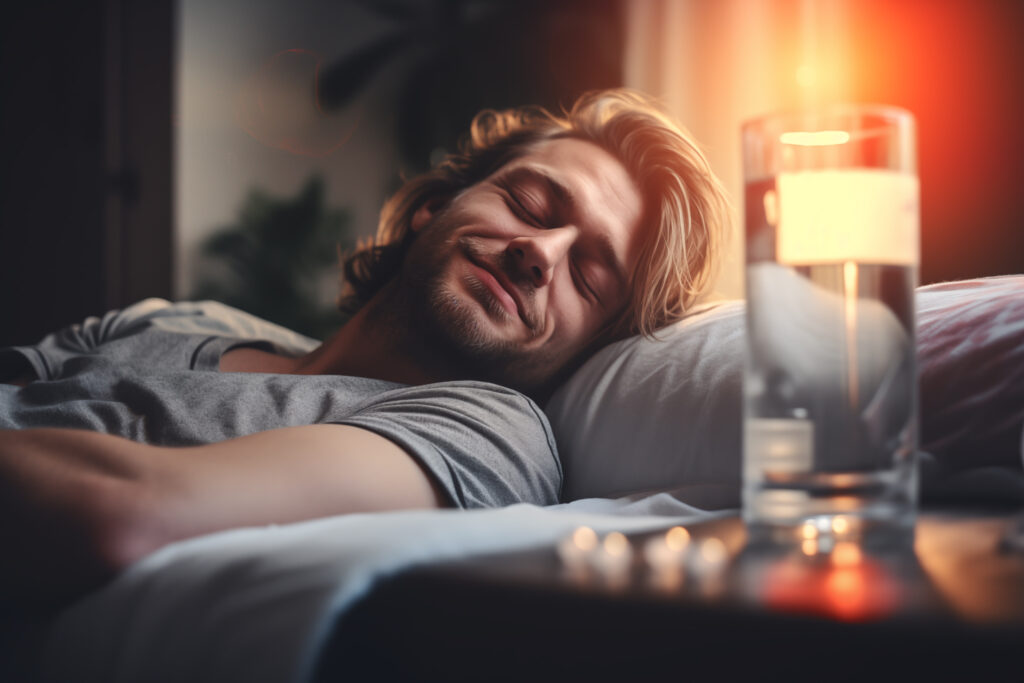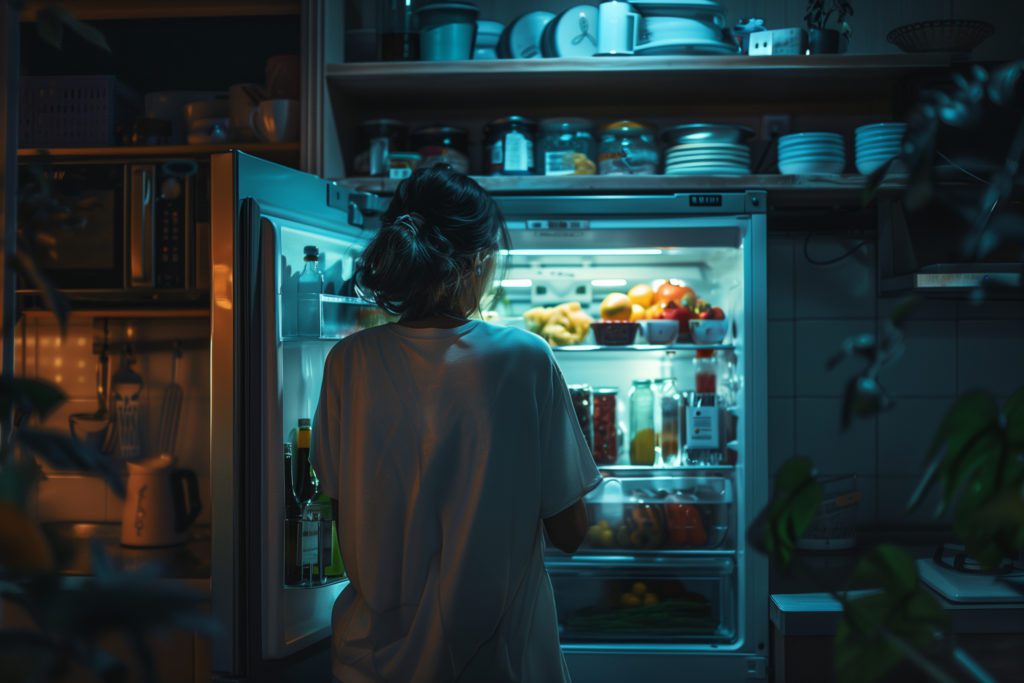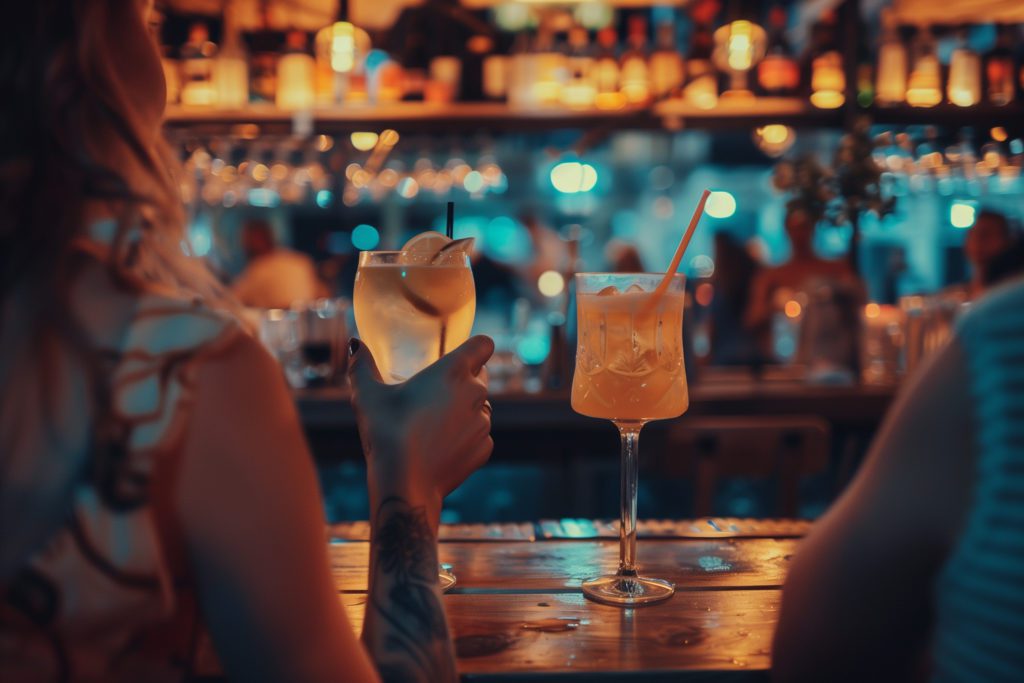
Are Food Comas Real? The Science Behind Post-Meal Sleepiness
We've all experienced it at one point or another: that urge to lay down on the couch after a big meal and take a nap. But is this phenomenon real, or just a figment of our imagination?

Let's dive into the science behind post-meal sleepiness, commonly known as the food coma, and explore why it happens, which foods might induce it, and how we can avoid it.
Understanding the Physiology
The sleepiness that you experience after a meal, which is scientifically termed postprandial somnolence, is in fact a real phenomenon. It's a complex interplay of various factors, including the types and amounts of food consumed, hormonal responses, and the body's circadian rhythms.
One key player in entering a food coma is the neurotransmitter serotonin. Foods rich in carbohydrates, especially those with a high glycemic index, triggers a release of insulin from the pancreas. The secretion of insulin causes the muscles of the body to update certain amino acids, thus leaving the amino acid tryptophan in the circulation, which crosses the blood brain barrier where it is converted to serotonin. An increase in serotonin levels within the body induce feelings of relaxation and drowsiness, contributing to the urge to nap after a meal [1].
Further, there is an increase in parasympathetic nervous system activity and a subsequent decrease in sympathetic nervous system activity which cases the body to become less alert and active. This shift in autonomic nervous system activity aids in rest and digestion and can further promote feelings of lethargy and sleepiness.
Lastly, the process of digestion itself requires energy from the body to function normally. The causes more blood to be diverted to the digestive tract, which may contribute to feelings of fatigue as less blood is circulating to other parts of the body such as the brain.
Foods That May Cause Different Responses
While any large meal has the potential to induce a food coma, certain types of foods may increase or decrease the likelihood of this phenomenon occurring.
Carbohydrates
As mentioned earlier, carbohydrates play a significant role in the onset of post-meal sleepiness due to their influence on serotonin levels via the body’s response to insulin following a meal. Foods high in refined carbohydrates, such as white bread, pasta, and sugary treats, are more likely to induce a food coma compared to complex carbohydrates like whole grains, which are digested more slowly, leading to a more gradual release of insulin and less pronounced spikes in serotonin.
Fatty Foods
High-fat meals, particularly those containing large amounts of saturated fats, may also contribute to postprandial somnolence. Research suggests that high-fat diets can alter the composition of gut microbiota, the bacteria in your intestines that help with the digestion process, leading to increased production of certain molecules that could induce drowsiness.
Protein
Protein-rich meals, especially those containing significant amounts of tryptophan, such as turkey or chicken, have been implicated in promoting sleepiness due to their potential to increase serotonin levels. However, the effect of protein on post-meal sleepiness may vary depending on factors such as the presence of carbohydrates and overall meal composition [2].
Magnesium
Foods rich in magnesium, such as leafy greens, nuts, and seeds, may help counteract post-meal sleepiness. Magnesium is involved in various physiological processes, including muscle relaxation and the regulation of neurotransmitters like serotonin and melatonin, making it potentially beneficial for promoting wakefulness [3].
Strategies to Avoid Food Comas
While the occasional post-meal nap may be unavoidable, especially after indulging in a holiday feast or celebratory dinner, there are several strategies you can employ to minimize the likelihood of experiencing a food coma:
1. Aim to Have a Balanced Meal
Include a balance of carbohydrates, protein, and healthy fats in your meals to help stabilize blood sugar levels and prevent drastic fluctuations in insulin and serotonin.
2. Prioritize Whole Foods in your Diet
Prioritize whole, minimally processed foods over highly refined and sugary options to promote steady energy levels and reduce the risk of postprandial somnolence.
3. Practice Mindful Eating
Eat slowly and mindfully, paying attention to hunger and satiety (fullness) cues. Overeating can exacerbate feelings of lethargy and discomfort, so listen to your body's signals and stop when you're comfortably full.
4. Incorporate Physical Activity Post Meal
Engage in light physical activity, such as a short walk, after meals to stimulate digestion and promote wakefulness. Avoid vigorous exercise immediately after eating, as it may divert blood flow away from the digestive system and lead to discomfort.
5. Limit Alcohol Consumption
Alcohol can enhance the sedative effects of certain foods and impair sleep quality, so consume alcoholic beverages in moderation, especially during meals.
6. Practice Good Sleep Hygiene
Maintain a regular sleep schedule and create a conducive sleep environment free from distractions to ensure restorative and restful sleep, regardless of post-meal sleepiness.
By understanding the factors that contribute to post-meal sleepiness (i.e., a food coma) and implementing mindful eating practices and lifestyle habits, you can minimize the likelihood of experiencing a food coma and enjoy meals without feeling sluggish afterward. So, the next time you find yourself tempted to overindulge during a meal, remember these strategies to stay energized and alert throughout the day.
FAQ
Can food intolerances contribute to post-meal sleepiness?
Yes, food intolerances like lactose or gluten sensitivity can cause digestive issues such as bloating and discomfort, which may trigger fatigue. The body's immune response to poorly digested foods can lead to inflammation and energy depletion, making you feel sluggish after eating.
Does dehydration play a role in food comas?
Yes, dehydration can make digestion more difficult and strain the body's ability to process food efficiently. Without enough water, nutrient absorption slows down, and energy production decreases, leading to sluggishness and an increased feeling of tiredness after meals.
How does portion size impact post-meal sleepiness?
Larger meals require more energy for digestion, diverting blood flow from the brain to the digestive tract. This can trigger the release of sleep-inducing hormones like serotonin and melatonin, leading to feelings of drowsiness. Smaller meals can help maintain energy levels and prevent this effect.
Does the timing of meals influence food comas?
Yes, eating large meals late at night can interfere with your body's circadian rhythm, making it harder to fall asleep naturally and causing grogginess the next day. Eating earlier allows your body more time to digest, reducing the likelihood of sleep disturbances.
Are there any beverages that can help prevent food comas?
Yes, drinking water, herbal teas, or beverages with digestion-boosting properties, such as green tea or lemon water, can aid digestion and maintain energy. On the other hand, sugary drinks and alcohol can spike blood sugar and worsen drowsiness after meals.
How does physical fitness affect food comas?
Regular physical activity helps improve insulin sensitivity, metabolism, and circulation. This enables the body to process food more efficiently, reducing the chances of post-meal fatigue and promoting sustained energy levels throughout the day
How Can Coffee help avoid food comas?
Coffee can help avoid food comas by stimulating the central nervous system and blocking adenosine, a neurotransmitter that promotes sleepiness. The caffeine in coffee increases alertness, boosts metabolism, and can enhance digestion by stimulating gastric acid production. However, drinking too much coffee can lead to energy crashes or digestive discomfort, so it's best to consume it in moderation after meals.

Written by
Dr. William Adams
Dr. William Adams is the Owner of Adams Sports Medicine Consulting LLC, where he provides actionable solution to clients in the sports medicine and sciences spaces. Dr. Adams’ research expertise and interests are focused on optimizing human health and performance. Specifically, his interests lie in determining the role of habitual fluid intake on health and wellness, investigating the various facets of exertional heat stroke, and optimizing athletic performance. He has been either a lead or co-author on over 100 publications in both peer-reviewed scientific journals and edited textbooks on topics related to exertional heat stroke, maximizing athletic performance in the heat, hydration on human health and performance, and preventing sudden death in sport and physical activity.
Download Pillow
Get help
Press & News
Legal
Connect
X (Twitter)
Company
Copyright © Neybox Digital Ltd.



